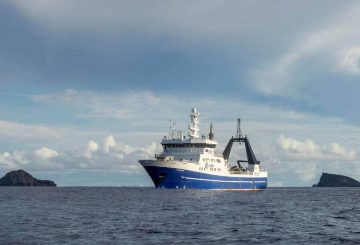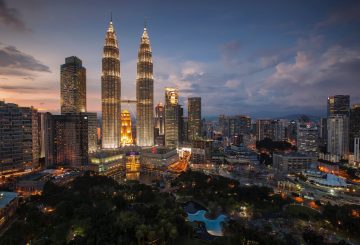アジア・ニュージーランド財団による最近の調査によると、ニュージーランド人がアジアについて考えるとき、最初に思い浮かぶのは中国で、食と強く結びついています。しかし、中国に対する感情はまちまちで、37% が中国を脅迫していると感じ、30% が友好的だと感じています。
「ニュージーランド人のアジアとアジアの人々に対する認識」と題されたこの調査には、15歳以上の参加者2,323人が参加しました。ニュージーランドにとってのアジアの重要性、アジアの政治、安全保障、経済、旅行、食事、娯楽に関する一般知識など、さまざまなテーマが取り上げられました。
主な調査結果:
- ニュージーランド人の80%は、アジアとの政治的、経済的、社会的つながりを強化することが重要であると考えています。
- 90% は、ニュージーランドがアジアとのパートナーシップ構築に投資することが不可欠であると考えています。
- 75% が貿易を通じてニュージーランドとアジアとの関係を強化することを支持し、71% がアジア諸国との政府交流を支持しています。
- 参加者の 87% がアジア料理が好きだと答えています。
- 78% が旅行先としてアジアを好んでいます。
- 59% がアジアの音楽、芸術、文学に興味を示しています。
安全保障面では、63% が東アジアにおける潜在的な軍事紛争について懸念を表明した。今後数十年にわたり、アジアがニュージーランドに与える影響については概ね前向きな見通しがあるが、アジアの政治・安全保障情勢がニュージーランドに影響を及ぼすという懸念もある。
親しみやすさの点では、日本、シンガポール、韓国、フィリピンなどの国が上位にランクされました。パキスタン、ベトナム、インドネシアなどの国に対する感情は、2021年以降改善しています。ニュージーランド人の 49% がインドを友好的だと考えている一方で、ロシアと北朝鮮は重大な脅威と見なされています。
参加者の半数は、アジアについてよく理解していると回答しており、2013年のわずか 33% から増加しています。しかし、アジアのメディア報道に対する見方はまちまちで、多すぎると感じる人もいれば、少なすぎると感じる人もいれば、バランスが取れていると考える人もいました。
1994年に設立されたアジア・ニュージーランド財団は、ニュージーランド人がアジアに対する理解を深め、つながりを深めるのを支援することを目的としています
。






























































